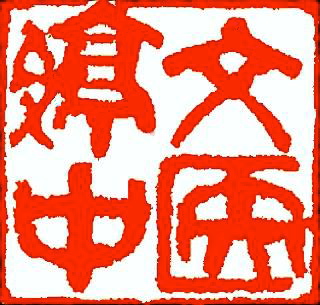A decocted Tang, literally “soup”, is by far the most common form of Chinese herbal medicine administration in China. Decoctions are solutions and suspensions that are readily absorbed, thus expediting their therapeutic effects. They are prime in this way in the treatment of acute disorders. Decoctions, being liquid in form, are easily ingested and digested and so are excellent to tonify long-standing deficiencies, as well.
Tangs are comprised of the raw herbal constituents of roots, tubers, seeds, fruit, and leaves but shells and minerals, and sometimes animal ingredients, are also used for their medicinal value. Dense substances require longer cooking time, while fragrant herbs such as chrysanthemum flowers and peppermint leaves, for example, require brief decocting. Decocted formulas require preparation time and can deter some patients’ interest, however, the attributes of decocting medicinals in contrast to other forms of administration such as pills, granular concentrates, herbal wines, and elixirs to administer the compounds and energetic essence far outweigh objections to convenience or strong taste, in my opinion.
Decoctions should usually be ingested at room temperature. Traditionally, medicinals intended to treat lower burner issues would be taken prior to meals, while those treating upper jiao disorders whould be taken 30 minutes after, however, I tell my patients that they should take them at the recommended dosage and frequency, but when it works best for their constitution and/or daily routine, because the formula can not have its healing effect if the person does not have the time or interest to take it.
Wellness-Wishes to You



